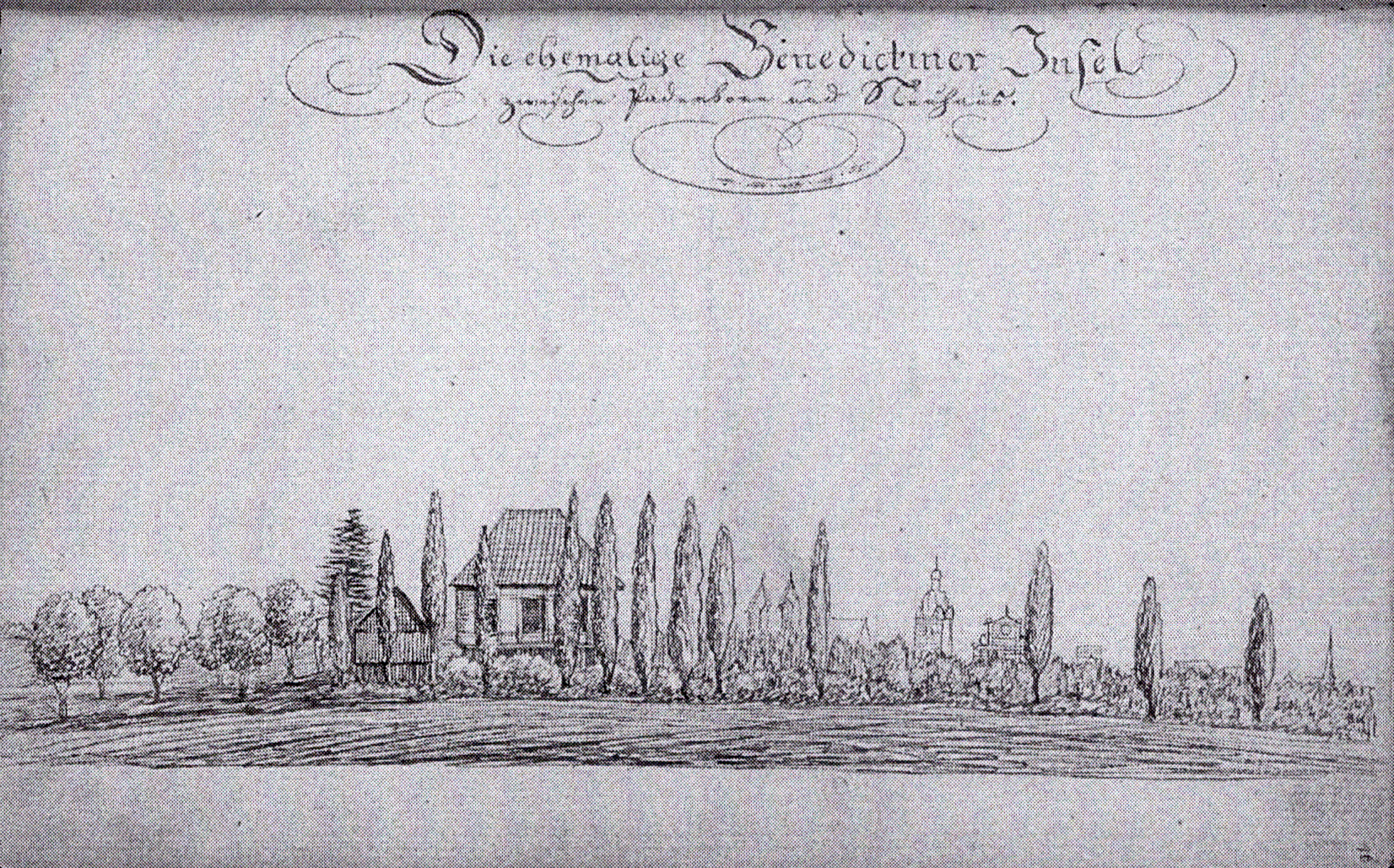[1] Cf. Rade, Bewohner, p. 27. A „Vysscher“ is named who earned 2 Mark and 1 Schilling each in winter and summer.
[2] Cf. LA Münster, Fürstbistum Pb, Ämterrechnungen Neuhaus, Nr. 1040 (1562/63), fol. 56r.
[3] LA Münster, Fürstbistum Pb, Ämterrechnungen Neuhaus, Nr. 1072 (1663/64), fol. 129r.
[4] LA Münster, Fürstbistum Pb, Ämterrechnungen Neuhaus, Nr. 1081 (1672/73), fol. 146r.
[5] Cf. for 1762 Kanne, Elisabeth von: Bürgerliche und adelige Familien in Neuhaus und deren Tätigkeiten am fürstlichen Hof des 17. und 18. Jahrhunderts (Studien und Quellen zur Geschichte von Stadt und Schloß Neuhaus, Vol. 1), Schloß Neuhaus 1994, p. 93.
[6] Cf. Henning, Bauernwirtschaft, p. 117.
[7] Cf. Henning, Bauernwirtschaft, p. 128.
[8] Cf. Balzer, Untersuchungen, p. 94. In a legal dispute about the use of the Riemeke brook from the year 1365/66, which the Abdinghof Monastery conducted against the Paderborn citizen Menko Grise, it emerges from the interrogations of witnesses that traditionally in the „Rymbeke […] fishing was done with baskets“. On the medieval tradition of fishing with wicker baskets, see Detten, Wirtschaftsleben, p. 50.
[9] Friendly hint by Mr Michael Pavlicic.
[10] Cf. Wurm, Franz Friedrich: Neuhaus – Geschichte von Schloß und Ort, Neuhaus 1937, p. 42.
[11] Cf. EAB Pb, AV Acta 88.
[12] Cf. Paclicic, Michael: Eine altertümliche Wasserzuleitung von Lippspringe nach Neuhaus. Archivische Belege aus dem Jahre 1759, in: Heimatverein Bad Lippspringe (Ed.), Wo die Lippe springt 30 (1999), p. 25f.
[13] Cf. StadtA Pb, Sammlung Paderborner Intelligenzblätter, Jg. 1813, p. 11f.









